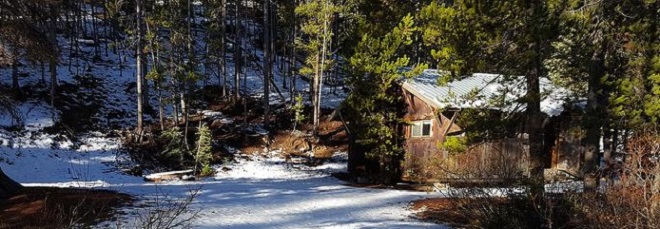Sep 14, 2018

| 1. | Our sense would be that if you expose uncoated wood to uv rays and to no other environmental factors, it will generally turn gray (but we wouldn't bet against your being able to find exceptions even to this.) |
| 2. | It is probably usually oversimplified to assume that light is the only factor impacting the weathering of wood. There are generally a variety of factors at play, all of which interact in determining what happens to an uncoated piece of wood outside. The Handbook of Wood Chemistry and Wood Composites, 2nd Edition (2013, CRC Press, Taylor & Francis Group, edited by Roger M. Rowell) mentions seven such factors: "The main environmental factors involved in the weathering of wood are solar electromagnetic radiation ultraviolet [UV] and visible light, molecular oxygen (O2), water, heat, atmospheric pollutants, wind-blown particulate matter and certain specialized microorganisms (Feist 1990a)." |
| 3. | The notion that different pieces of wood are going to weather differently depending on a variety of factors is reinforced by observing differences in the weathering of boards installed on the exterior of a single home or other project. Boards that are installed in locations on the house that are more exposed to uv rays, rain, wind, and other weathering factors generally seem to weather differently than boards that are more protected from such elements. Wood species and other physical characteristics of individual boards also likely impact how a specific board weathers. |
| 4. | Do boards that are directly exposed to uv rays turn gray? Not necessarily. We have encountered situations in which boards that are installed as weathered gray barnwood actually turn brown over time. Why? We don't know for sure. Apparently in such situations, factors that tend to cause boards to weather brown outweigh factors that tend to cause boards to weather gray. Will these boards stay brown or even continue to go more brown? We can't say for sure, but we have seen situations in which exterior untreated boards are a nice weathered brown after many years of exposure to uv rays. |
| 5. | We have been told by people with significant experience with barnwood lumber that they have noticed a tendency for untreated lumber to weather brown at high elevations. |
Comments: